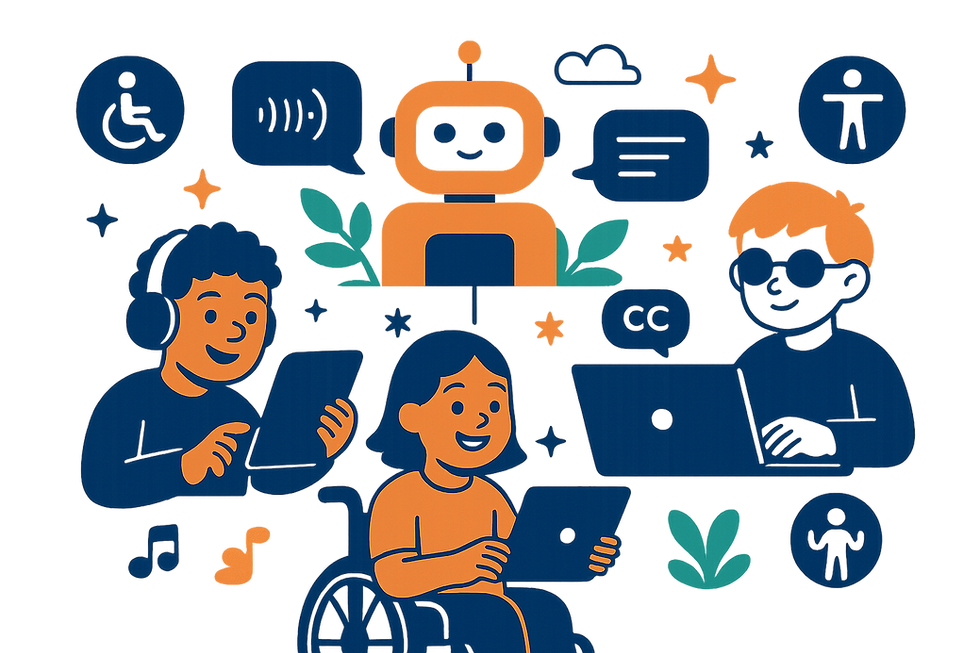AI Hype vs. Reality: What SaaS Leaders Need to Know
- Krzysztof Kosman

- Jul 26, 2024
- 3 min read
Updated: Jul 27, 2024
Artificial intelligence (AI) has been touted as a game-changer for industries around the globe, promising increased productivity, new revenue streams, and even an economic revolution. Yet, with the recent release of Meta's LLaMA 3.1 model, the distinction between AI hype and reality has come into sharper focus.
While this model has stirred excitement in some circles, it also highlights the skepticism surrounding AI's actual impact on the market.
The LLaMA 3.1 Model: A New Contender
Meta’s LLaMA 3.1 model has made headlines with its staggering 405 billion parameters. Developed over months using 16,000 Nvidia H100 GPUs, it aims to compete with heavyweights like OpenAI’s GPT-4. LLaMA 3.1 can process up to 128,000 tokens, showcasing its potential versatility. However, it straddles a fine line in the open-source community.
Although Meta has made the model weights available, many consider it anything but fully open-source due to licensing restrictions—especially for applications exceeding 700 million monthly active users. This raises important questions for developers and companies looking to innovate with AI while contending with these limitations.
You can watch this video of Mark Zuckerberg talking about the new model on YouTube.
The Reality Check on AI's Impact: An Industry Perspective
On the flip side of all the excitement, there’s a growing concern about AI’s real economic impact. Optimistic predictions from financial giants like Goldman Sachs, which suggested AI could boost global GDP by up to 7%, contrast sharply with current market realities. Consultancy McKinsey forecasted a potential annual economic contribution of $2.6 to $4.4 trillion from generative AI. However, the operational realities tell a different story. As of now, only a few players are seeing significant returns from AI investments; OpenAI may have hit the $2 billion mark, but for most companies, monetizing AI remains a steep uphill battle.
Experts argue that the costs of developing and maintaining AI capabilities can outweigh potential gains. According to Jim Covello of Goldman Sachs, building the infrastructure needed for effective AI applications will cost over $1 trillion in the coming years. Companies might find that it's more economical to stick with human labor, especially if AI cannot outperform low-wage workers substantially.
Key Skeptics and Their Arguments
Several industry insiders express doubts about the promised AI gold rush. MIT’s Daron Acemoglu posits that the impact of AI will be much lower than anticipated. He claims that while 20% of labor could theoretically be replaced by AI, only a fraction of that—less than 5%—will actually be automated, yielding minimal economic gains. David Cahn from Sequoia Capital highlights a growing disconnect between inflated revenue expectations from AI infrastructure and the actual financial performance of AI companies.
The consensus among these skeptics suggests that many AI startups may take longer to generate revenue or, worse yet, may never achieve profitability. Kia Kokalitcheva’s assertion encapsulates the sentiment: “Either way, billions of dollars in capital is almost certain to be incinerated.” The market appears poised for a bubble, and business leaders must be wary of overextending their resources.
Future Prospects: Will AI Live Up to the Hype?
As the landscape evolves, it seems only a handful of major players, such as OpenAI and Meta, will dominate the AI space. Smaller startups will likely struggle to carve out a sustainable niche. In this scenario, companies might need to consider partnerships with these giants or focus on niche markets to avoid the trap of competing with well-funded powerhouses.
Additionally, governments have an opportunity—or perhaps an obligation—to develop their own AI capabilities. By doing so, they not only secure a competitive edge but also mitigate the growing influence of private tech giants.
Conclusion
For CTOs, CEOs, and founders navigating the complex world of AI, it’s vital to balance ambition with realism. The capabilities promised by AI are alluring, but the focus should remain on sustainable, return-generating applications. As the excitement around models like LLaMA 3.1 unfolds, prudent planning and strategic investments will prove essential in determining whether AI becomes a boon or a bust in the business world.
Key Takeaways:
LLaMA 3.1 presents exciting possibilities but faces skepticism regarding its status in the open-source community.
Economic forecasts around AI are largely optimistic, but real-world applications and revenue generation are lagging.
Significant costs and uncertain returns may hinder smaller AI startups.
The future of AI may be dominated by a few large companies, stressing the importance of strategic partnerships and niche opportunities in the AI space.
And hey, drop us a line or subscribe to our newsletters. We'd love to talk about your project and simply stay in touch.

